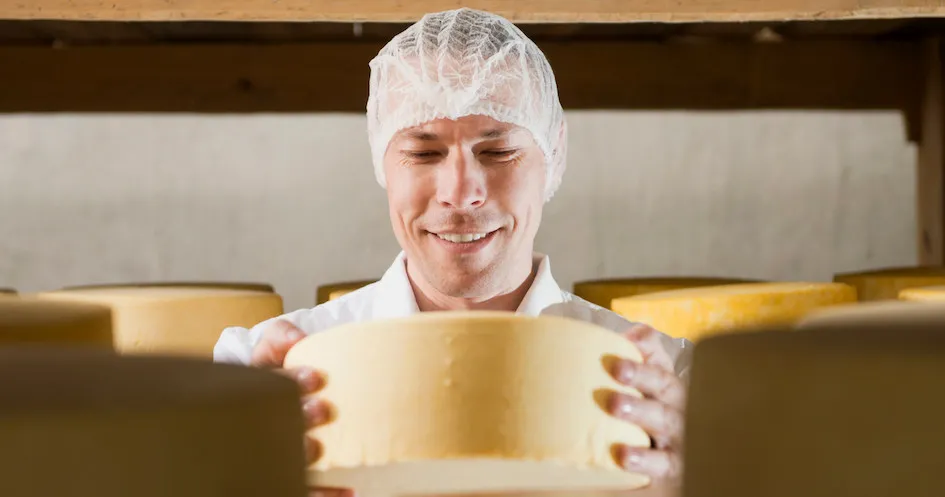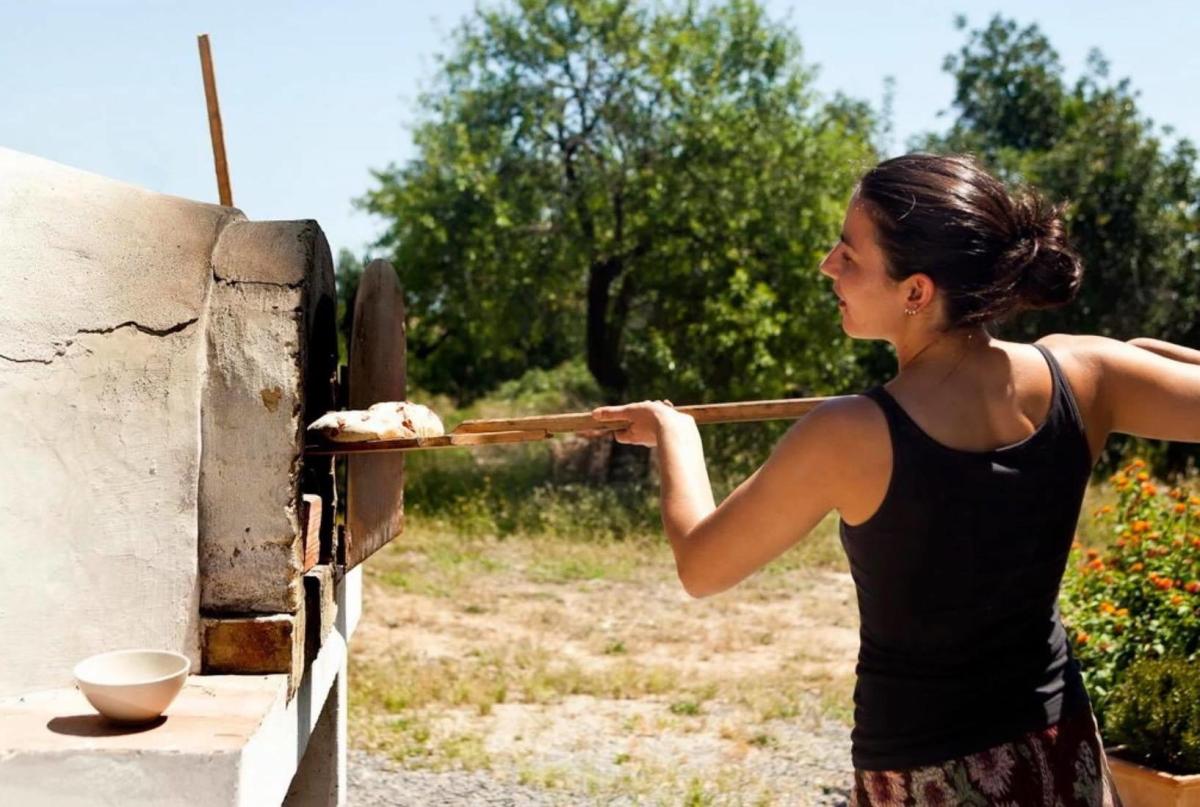Wondering What To Eat In Portugal?
Over the last 10 years we’ve sampled a lot of different Portuguese food. Most of the time, it’s been a pleasure, although there are some things we will never touch (snouts, feet and ears) and others we refuse to repeat (tripe).
Fortunately for the less adventurous palate, it’s easy enough to avoid dubious ‘delicacies’ and discover why Portuguese people are fiercly proud of their food. If you’re not sure what food to try in Portugal, read on.
Note: The word ‘best’ in this context is wholly subjective and based on our preferences.
Best Portuguese cheese
Portuguese sheep and goat cheeses are delicious, whether served as a snack, appetiser or to round off a meal.
They range from the soft requeijão made from whey, usually enjoyed with doce de abórbora(Portuguese pumpkin jam) to the rock hard 18-month old cured cheese.
Tip: soak this strong cheese in olive oil and pair with a full bodied red Dão wine.
Our first choice of Portuguese cheese is always a runny (amanteigado) Serra da Estrela sheep’s cheese. A close second is the equally runny Queijo de Azeitão from the Lisbon region. Cut a lid out of the rind and scoop out the gooey goodness.
Tip: We love it with fig jam, although a caramelly honey will do. Book here this activity.

-
Most visitors to Portugal will try at least one pastel de nata, the creamy custard tart that originated in Belé.
Tip: If you’d like to try your hand at making these iconic tarts, book your place on a Pastel de Nata workshop in an authentic Lisbon bakery.
While we fond of these custardy treats, we prefer a queijada, a light tart made with cheese, or the wickedly indulgent três delicias from the Algarve with its layers of carob, fig and almond.
-
We discovered the joys of octopus. Polvo à lagareiro has remained our Portuguese dish of choice all these years. It’s steamed octopus baked in the oven with tiny baked potatoes and garlic, all drowned in olive oil.
Also rather partial to sapateira recheada, which is a sauce of pureed crab meat served in its shell.
The most popular food in Portugal is probably bacalhau (dried salted cod). Don’t worry. By the time it reaches your plate, it will have been soaked and rinsed and should not taste salty, although sometimes it hasn’t been rinsed quite enough to remove all the salt flavour.
We like bacalhau à casa, which, around Goís and Arganil at least, means battered and fried and served surrounded by thin discs of fried potatoes and covered in an onion sauce. Bacalhau com broa is another firm favourite – baked cod fillet served on a bed of turnip top greens (grelos), topped with broa breadcrumbs and served with tiny baked potatoes drizzled with olive oil (batatas à murro).
-
One of the best meat experiences we had in Portugal has got to be naco na pedra. This is a thick chunk of quality beef steak served on a sizzling hot stone.
When it reaches your table, the outside will usually have been seared but it will continue to cook for as long as it stays on the stone. If you prefer your steak well done, you’ll need to slice it so it cooks through before the stone cools. Otherwise, tuck in.
Best Portuguese bread
Bread plays an important role in traditional Portuguese cuisine and forms the basis of many hearty soups and main dishes, especially in the Alentejo region.
For white bread,our first choice is pão da avó (grandma’s bread), which is crusty, moist, full of holes and very tasty.
What we head for in a bread basket, however, is broa, especially the yellow version. Broa is Portuguese corn bread, traditionally cooked in a wood oven, with a wonderfully crunchy crust and moist innards. It’s quite dense and filling so you won’t need much.
Tip: Broa makes a great base for sardines and grilled peppers, popular food in Portugal, especially in June.
Book here a bread experience tour.

-
Soup is an integral part of the Portuguese diet and when you eat in restaurants, this is often where you’ll get your vegetables. Although caldo verde (kale soup) is hugely popular, not overly fond of the texture and it’s not our favourite Portuguese soup.
Give us Alentejan tomato soup any day. It could easily be a meal in itself, thanks to the bread and poached egg it contains. This tasty recipe is a great way of using up stale bread.
-
The closest translation for enchido is sausage but Portuguese enchidos are a world apart from British sausages. The traditional way of making sure none of a family’s slaughtered pig goes to waste is to cure the resulting meat products by hanging and smoking.
The most well-known enchido is probably chouriço, a paprika sausage that’s often flambéed at the table or added to other dishes for flavour and colour.
It came as a surprise to find that we are partial to a good quality morcela, a blood sausage which is similar to black pudding. When served on a bed of cooked apples, it’s quite a treat.
-
Petiscos is sometimes translated as tapas but the term covers more than the dishes meant for sharing. It also includes typical Portuguese snacks, often fried or baked, such as cod fritters (pataniscas de bacalhau).
Our guilty pleasure is a rissol de camarão, a fried shrimp patty. Inside a golden breadcrumbed pancake envelope you’ll find a creamy prawn sauce, hopefully with an actual prawn inside.
